

Child labour on cocoa farms
Even before she appears before the vetting committee for consideration as the Bono Regional Minister, a cross-section of the public in Sunyani, the Bono Regional capital, has urged Madam Justina Owusu-Banahene, Bono Regional Minister-designate, to address the increasing child labour and exploitation in the Sunyani Municipality when she is confirmed as the Regional Minister.
The residents expressed worry that many school going-aged children and minors were being used to sell and engage economic activities in the municipality, instead of being in school.
Commending President Nana Addo Dankwa Akufo-Addo for nominating Madam Owusu-Banahene, Sunyani Municipal Chief Executive as the Bono Regional Minister-designate, the residents observed that the nominee had the leadership qualities to deliver, but noted that the task ahead was herculean, and advised the nominee to collaborate effectively with traditional authorities to address specific development challenges in the region.
Madam Hellen Abena Agyeiwaa, a businesswoman, regretted the influx of minors doing all sorts of trading activities though schools have re-opened. She noted that the situation was detrimental to the health and education of such children, and called on the Regional Minister-nominee to tackle the problem.
A taxi driver at the Odumase lorry station, Yaw Opoku, said he and other colleagues welcomed the President’s nominee, and hoped that the Minister-designate would perform to the expectations of the people, especially in checking the burden some adults put on children.
He said he expects the President’s nominee to facilitate policies and programmes in collaboration with the department of children to minimise the engagement of minors for hazardous work and also rid the streets of them at night.
Madam Stella Dabiaa Asare, National Service personnel, lauded the good human relations of the Presidential nominee, and urged her to build and strengthen relationships with women leaders in the region to enable them contribute to development.
Last year, two farming communities in the Sunyani West Municipality, Kwatiri and Adentia, were identified as hotspots for child labour in the Bono Region.
The area is also a hotbed for teenage pregnancies and school dropouts among children under 18 years, making it necessary for traditional leaders, non-governmental organisations (NGOs) and individuals to join hands to fight the challenge.
The Bono, Bono East and Ahafo Regional Senior Programme Officer for General Agriculture Workers Union (GAWU) of the Trades Union Congress (TUC), Paschal Ajongba Kaba, revealed this during the inauguration a 14-member committee setup by GAWU to spearhead a campaign against child labour in the two communities, as Ghana joined the globe to celebrate World Day Against Child Labour in June.
The World Day against Child Labour focuses on the negative impact of child labour. Children under 18 in most farming communities in Ghana are used for hazardous work on farms.
Globally, it is estimated 151 million children are involved in child labour, with about 71 percent in the agriculture sector. This is why the General Agriculture Workers Union (GAWU) of TUC has taken upon itself to help minimise child labour by creating a Child Labour Free Zone in the country.
To mark World Child Labour Day, a 14-member community Child Protection Committee was setup in Kwatiri and Adentia in the Sunyani West Municipality of the Bono Region by GAWU to monitor and fight child labour in the communities.
The two communities, according to GAWU, have been identified as hotspots of child labour, hence, the setting up of the committees.
The Bono, Bono East and Ahafo Regional Senior Programme Officer for GAWU, Paschal Ajongba Kaba, stated: “Child labour is very high in mining and cocoa producing communities,” and called on Ghanaians, especially parents, to desist from such acts.
The Chairman of one of the committees, who is also the Krontihene of Adantia, Nana Kwame Boakye, said the issue of child labour in the area was a worry to them, as it had brought about an increase in teenage pregnancies in his community.
A teacher at Kwatiri M/A School, Alex Appau, said, Class Six and Junior High School (JHS) One dropouts find themselves in child labour due to financial constraints.
CHILD LABOUR ON COCOA FARMS
Last year, the use of child labour rose in cocoa farms in Ghana and Ivory Coast over the past decade, despite industry promises to reduce it, largely supporting earlier findings that were questioned by both states
The prevalence of children doing hazardous work, including using sharp tools, had also gone up in the world’s top two cocoa producers, according to the study funded by the US government.
The levels were higher than in 2010 when companies, including Mars, Hershey, Nestle and Cargill, agreed to reduce the worst forms of child labour in Ghana and Ivory Coast’s cocoa sectors by 70% by 2020
The two West African countries – which together produce about two-thirds of the world’s cocoa – had both questioned the methodology used in an earlier version of the report prepared by researchers from the University of Chicago and seen by Reuters in April.
Ghana, again, questioned the data in the new report, released after the US Department of Labour appointed a group of independent experts to conduct a review.
Mars said in a statement it had committed $1 billion to a responsible sourcing strategy, and called for legislation to address the root causes of child labour on West African cocoa farms.
The 2020 report cut the estimate of the number of children currently working in cocoa production in the two countries to 1.56 million, from more than 2 million in the April 2020 study, saying it had changed the ways it weighed its data. It did not give comparative totals from 10 years earlier.
COMPLEXITY AND SCALE
But it said the proportion of children from agricultural households in cocoa growing areas that are engaged in child labour in the cocoa sector across Ivory Coast and Ghana had increased to 45% in 2018/19, from 31% in 2008/09.
The corresponding levels for hazardous work had risen to 43% from 30%, it added.
“Despite the efforts made by the governments, industry and other key stakeholders in combating child labour and hazardous child labour during the past 10 years, the child labour and hazardous child labour prevalence rates did not go down,” the report said.
It added that the rates of child labour had stabilised since the last survey in 2013/14, and school attendance in cocoa growing areas had risen even as cocoa production surged.
WCF President Richard Scobey said the report showed child labour remains a persistent challenge, but that the government and company programmes to reduce it were making a difference.
“Targets to reduce child labour were set without fully understanding the complexity and scale of a challenge heavily associated with poverty in rural Africa, and did not anticipate the significant increase in cocoa production over the past decade,” he added in a statement.
The International Cocoa Initiative (ICI), a foundation backed by industry and civil society, said what it called past sampling errors made it difficult to draw accurate comparisons over time.
Ghana’s government was quoted in the 2020 report questioning the reliability of the figures that showed a reduction in the number of child labourers from the April estimate, while maintaining a similar prevalence rate.
“This raises eyebrows about the reliability of the findings for any meaningful policy formulation and implementation,” Ghana’s Ministry of Employment and Labour Relations said.
Ivory Coast welcomed the revised results, and both countries reiterated their commitment to eradicating child labour in cocoa farming.
US lawmakers have criticised the industry and US Customs authorities asked cocoa traders earlier this year to report where and when they encounter child labour in their supply chains.
The post Bono residents urge Regional Minister-designate to tackle child labour appeared first on The Chronicle Online.
Read Full Story

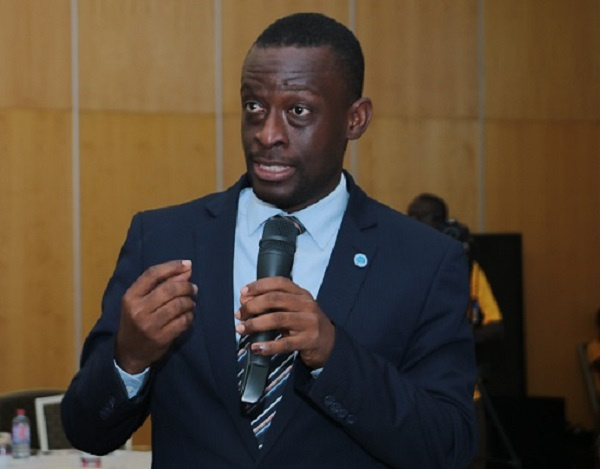
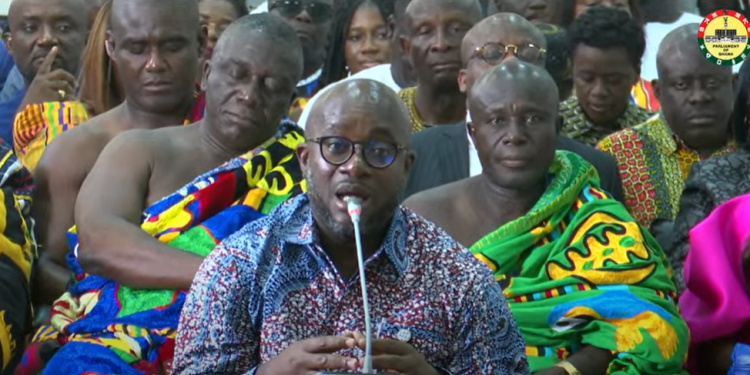
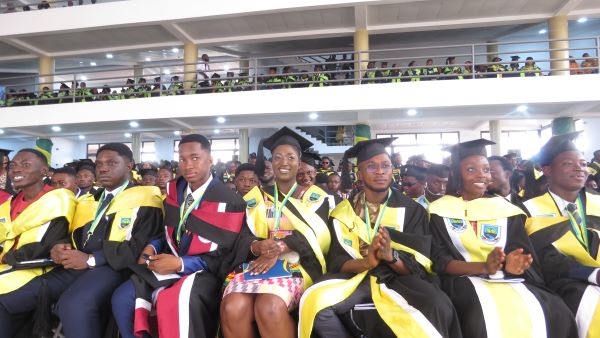
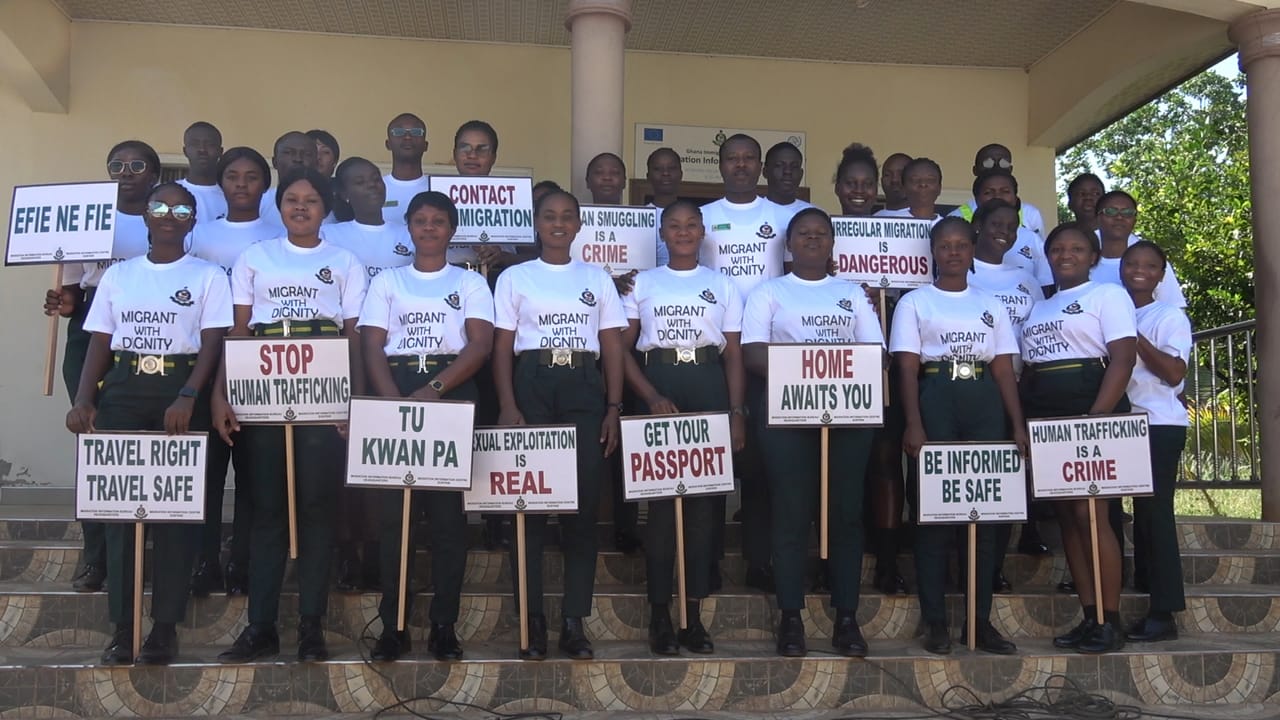

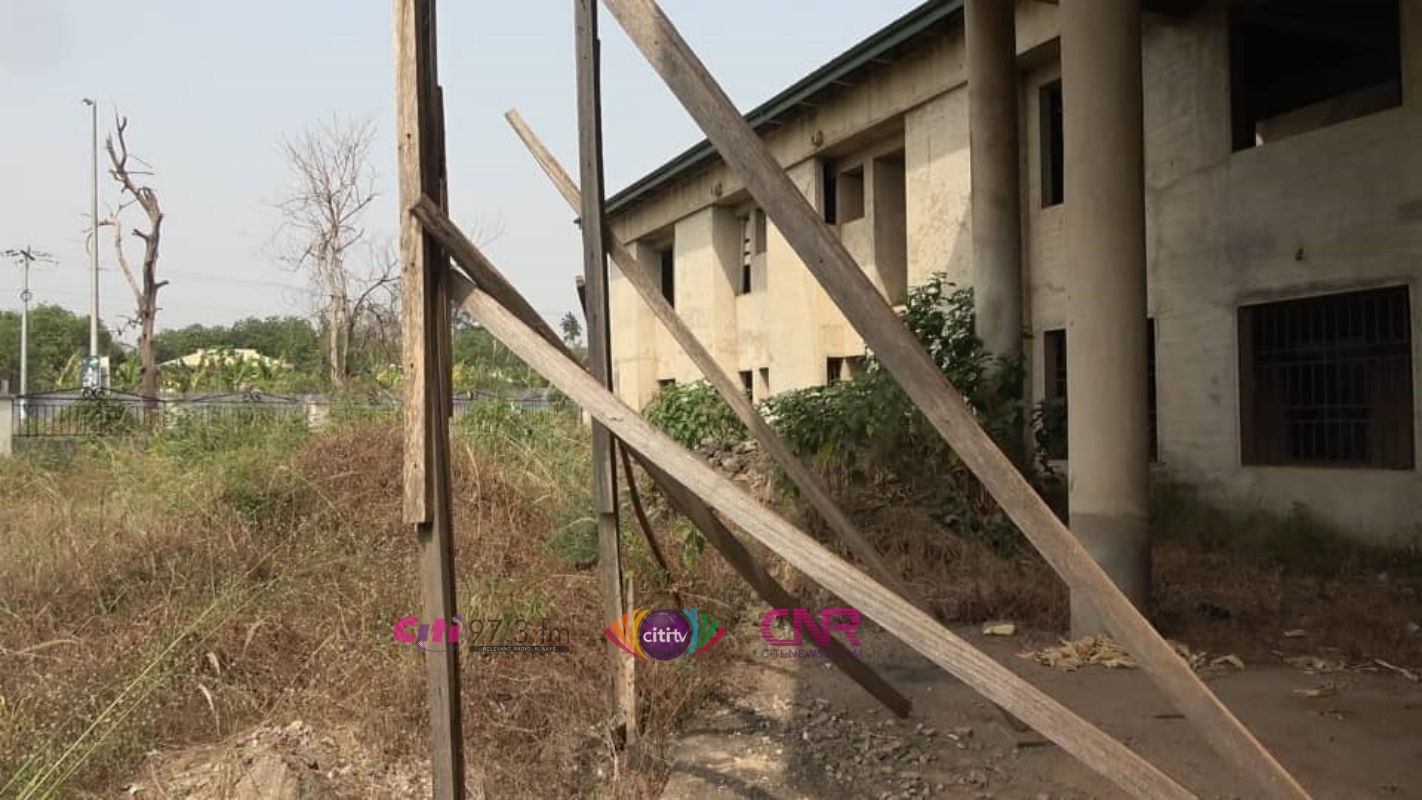




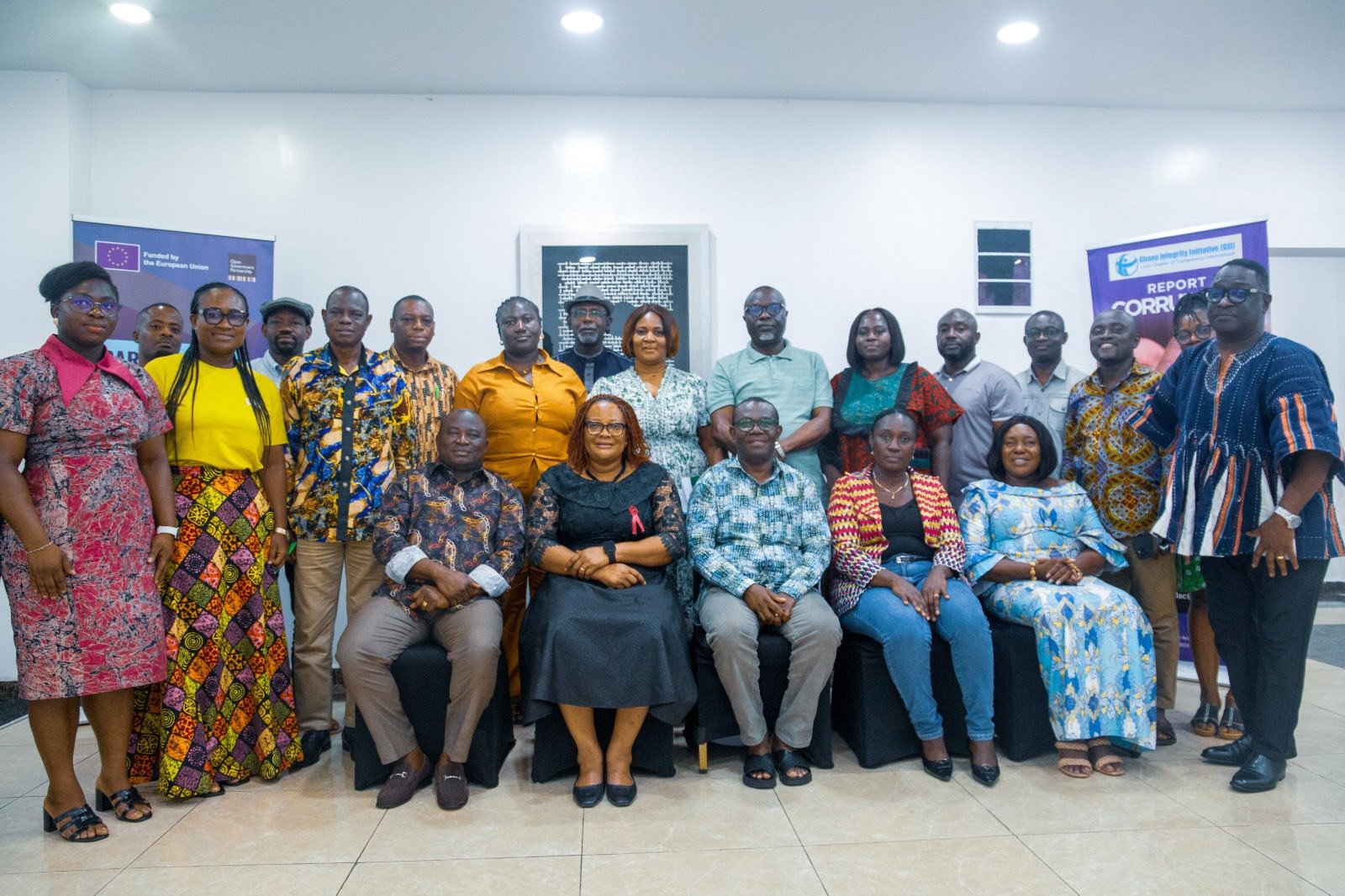




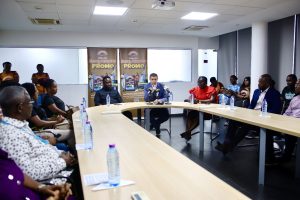

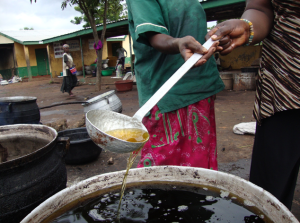

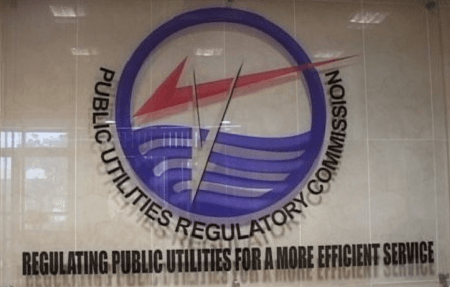
Facebook
Twitter
Pinterest
Instagram
Google+
YouTube
LinkedIn
RSS